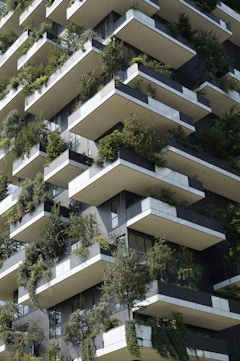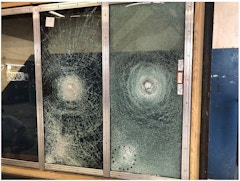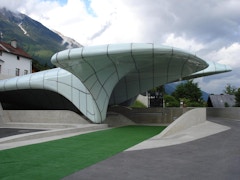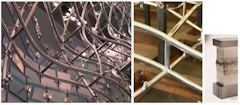
Tech+ Rising Complexity
Rising complexity in project design and sustainability goals has catapulted digital tools to the forefront of the AEC industry.

Rising complexity in project design and sustainability goals has catapulted digital tools to the forefront of the AEC industry.

Facades+ bring together some of the world’s most productive building professionals. Be inspired and learn how to innovate all steps of facade implementation, from systems and materials to designs and delivery strategies.


Rising complexity in project design and sustainability goals has catapulted digital tools to the forefront of the AEC industry.

TimberCon 2021, hosted in partnership with the Mass Timber Institute will foreground exemplary timber projects across North America; identify best-case practices for their assembly; and spotlight emerging technologies within this exciting field.

The American Southeast is home to a thriving architecture and engineering industry; shaping one of the fastest growing regions in the country. The online conference, co-chaired by Perkins&Will, will highlight exemplary case studies and emerging trends across the region.

From Southern California to the Puget Sound, the American West Coast is home to some of the nation’s leading architects, engineers, and designers. The impact of their work is not only felt across the country, but throughout the four corners of the world.

Augsburg University has announced a new curtainwall engineering compact program designed for the architect or engineer practicing internationally...

Projecting imagery onto building facades is not only becoming a marketing necessity for successful urban spectacles but is also altering social urban

Being part of the European Façade Network efn, an association of ten research and education entities throughout Europe, I would like to share my experiences of last year’s conferences and research activities with this brief contribution.

FTI’s Mic Patterson will be interviewing industry thought leaders on wide-ranging topics relating to buildings and their skins. Upcoming episodes will feature conversations on Passive House, tall buildings and the work the DOE is doing with windows and facades.

The Facade Tectonics Institute (FTI) is pleased to announce recent changes to its Board of Directors and Special Advisory Council.

The Facade Tectonics Institute (FTI) is pleased to announce its new Special Advisory Council (SAC). The Council is comprised of 27 individuals selected through a competitive application process and embody the disciplinary and geographic demographics of the Institute’s membership...
The Facade Tectonics Institute (FTI) is pleased to announce its new Special Advisory Council (SAC). The Council is comprised of 28 individuals selected through a competitive application process and embody the disciplinary and geographic demographics of the Institute’s membership...

In the last twenty years we have seen the development of polymer interlayers for laminated glass where the resin compositions have been optimized for



Green Wall applications are growing in popularity around the world. Often thought of as a decorative element they provide much more than aesthetic

Architecture has traditionally celebrated the joining of two building components or materials. Joinery serves as a key site for architectural

This paper presents a summary of the industry advances beyond T304 and T316 austenitic stainless steels. The greater availability of precipitation


